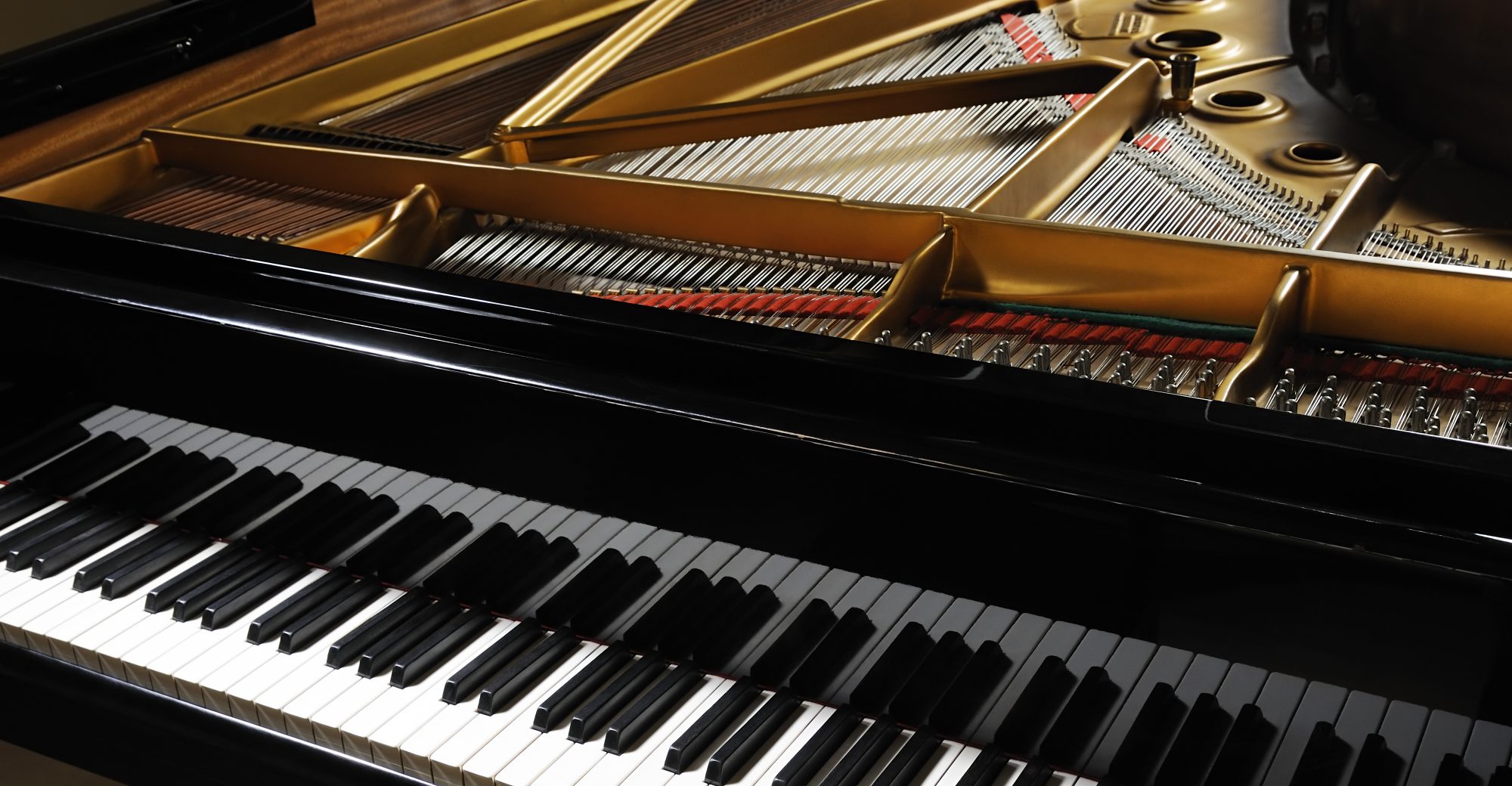This week, we presented our project proposal to faculty and fellow teams. We received some insightful questions that we should keep in mind for our design. For instance, one question asked how we would interpret key words in music such as “rubato” that are not associated with specific tempo values.
Our project includes considerations for safety, cultural, and economic. In regards to safety, our project will likely be dealing with a large amount of power due to the high current required by the solenoids. Limiting this power is an important consideration for the safety of us as well as the user. Culturally, we recognize that our sheet music parsing is centered more on Western styles of music which puts a limitation on the style of music we can play. Importantly, our project aims to lower the cost associated with piano accompaniment. Since the cost of hiring a professional piano accompanist is high, we can provide a more inexpensive alternative.
We have also begun the process of looking ahead for parts that will be needed. Since we have uncertainties about power consumption, we will be ordering and testing different solenoids for our key press mechanism. The biggest risk associated with our project so far comes with the issue of powering our worst case number of solenoids at once. To mitigate this risk, we have considered reducing the max number of keys pressed to three keys at once. This would reduce the current draw to below the max current of our existing power supply while still allow us to have a polyphonic system that can cover a three note chord.
Our identified OMR solution is looking pretty good so far. We have decided to go with Audiveris, and here is a sample of the transcription.
Original Music Pdf file:

